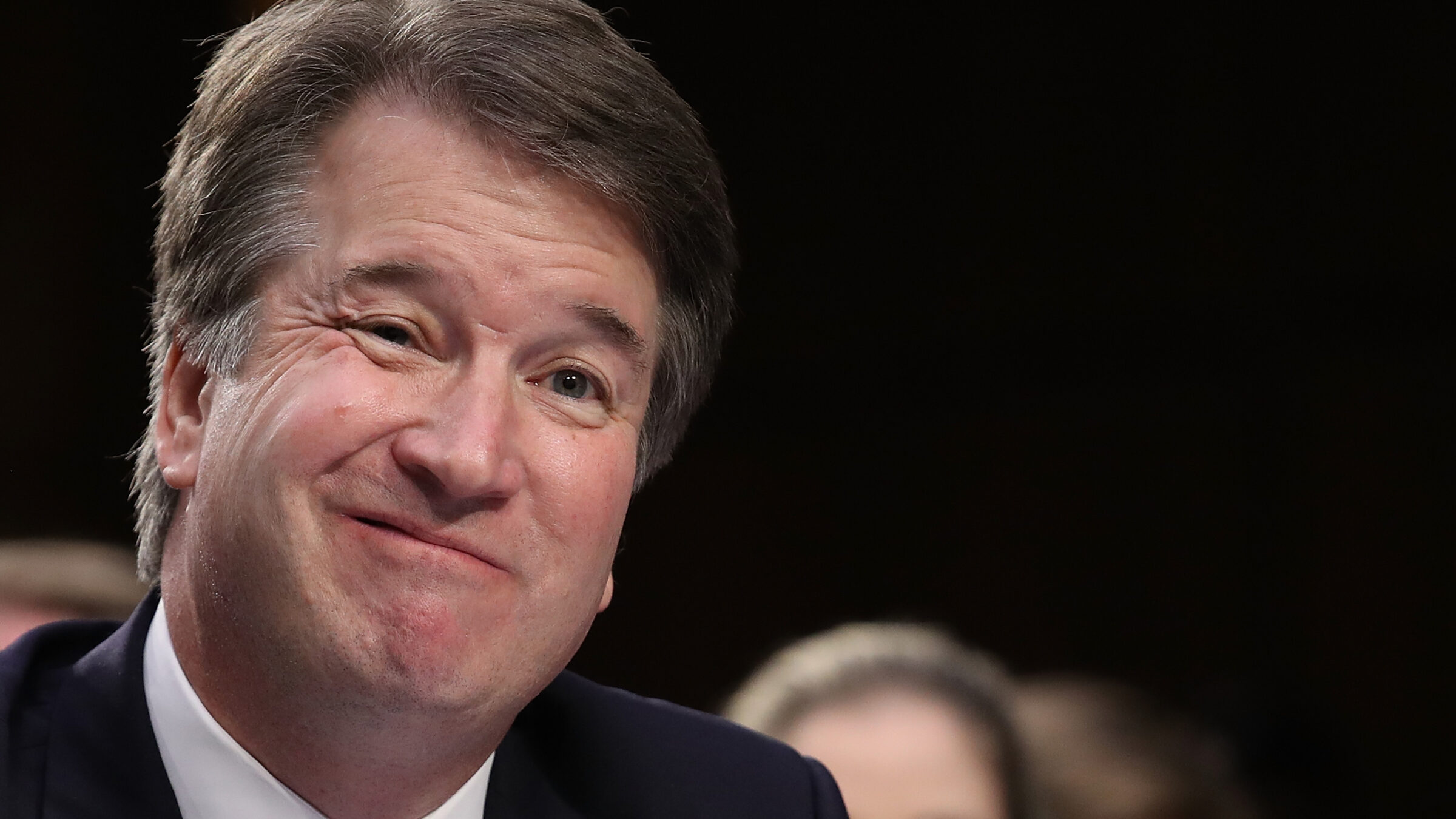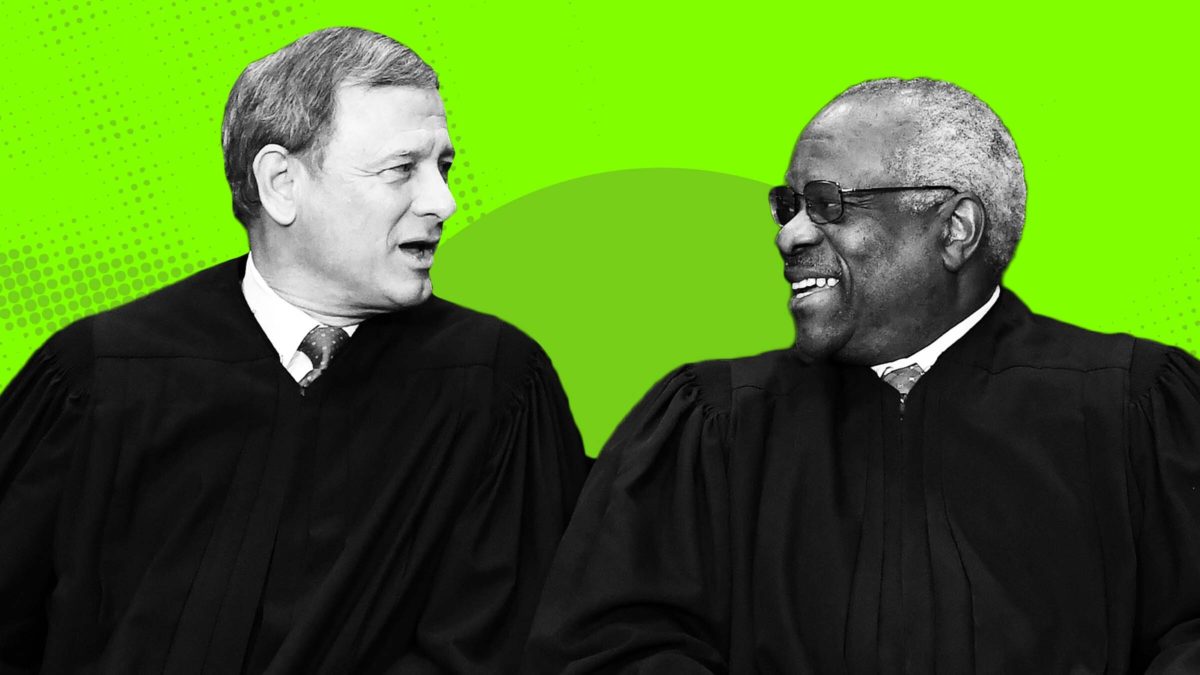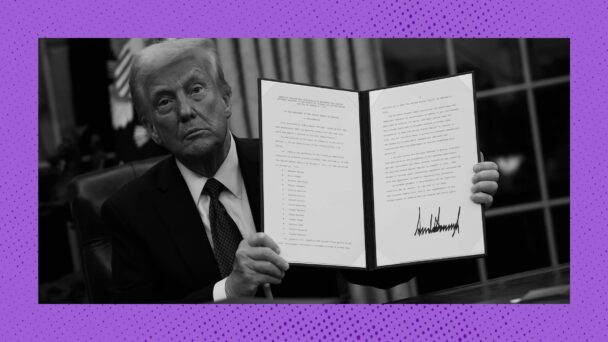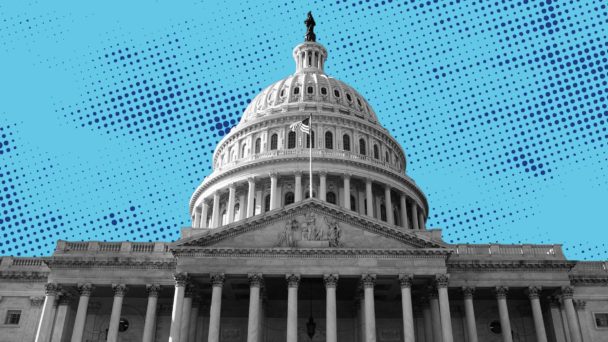As the dust settles on the Supreme Court’s cataclysmically destabilizing term, a very persistent question has bubbled up among the law professor commentariat: How the hell are we going to teach all this?
The same joke questions proliferated on social media, attempting to find gallows humor in syllabus planning. Should we remove Administrative Law from the curriculum after the death of Chevron? What does it mean to teach Constitutional Law in a world in which presidents can violate the law with impunity? Does stare decisis even exist anymore? And among my community: Who will shed a tear for us as we throw out our syllabi and redo our mouldering lesson plans? Won’t someone think of the law professors?
It is hard to overstate the destabilizing effect of the Court’s term. The justices transformed constitutional law and American democracy in Trump v. United States, and unwound the foundations of the administrative state in Loper Bright, Jarkesy, Corner Post, and Ohio v. EPA. The breadth of these decisions remain matched only by the Court’s brazen disregard for precedent and an arrogance for their self-appointed judicial powers. The conservative supermajority constantly and consistently undermines whatever popular narratives my colleagues and I typically propound at the front of the lecture hall about the structure of the Constitution, judicial restraint, and stare decisis. We have nowhere to hide when students point this out.
So now what? In a few weeks, we’ll start another school year in the midst of a chaotic election and massive uncertainty regarding the future of American democracy. Two years ago I observed that, post-Dobbs, law professors need not abandon their commitment to law as a nominally somewhat predictable system, even given the Supreme Court’s aggressive, unprincipled actions. I am less sure of this now. I think we have a responsibility to emphasize to our students that law is something less: a system, manipulable like any other, for achieving political and policy ends. It employs reason, except when it doesn’t.

When you’re definitely for sure doing law and not politics, like, seriously guys
I believe we must directly acknowledge the highly selective, often partisan interests of the Supreme Court—and the lower courts that follow its signals—in its supposedly reasoned, principled decision-making. The radical nature of the Court’s recent rulings requires every professor to anticipate their students’ objections to the core doctrines of constitutional and administrative law that we once held out as constant, and to take those objections seriously. Stare decisis? Apparently the only thing that counts when contemplating overruling precedent is counting to five. The Constitution’s protections of the people against tyranny? It turns out that Nixon was probably right—when the president does it, it’s likely not illegal. Judicial restraint, stemming from the judiciary’s status as an unelected, largely unaccountable branch of government? Given the court’s love of superseding Congress, state legislatures, and regulatory agencies, principled restraint seems like a distant, fleeting fantasy.
We cannot merely tell our students that this Court, with its cocky power grabs and disdain for ethics, is a rare exception to the “normal” judicial role. Claiming that it is an aberration would require us to ignore the Fifth Circuit, with its delight for endorsing the most aggressively fraudulent conservative theories. It would require defending Aileen Cannon’s years-long campaign to insulate Donald Trump from federal charges, culminating in a recent ridiculous ruling holding that the entire prosecution violated the Constitution. It would require justifying the Eighth Circuit’s recent assault on what’s left of the Voting Rights Act, the Sixth Circuit’s hostility to the First Amendment rights of minority communities, or the Eleventh Circuit’s vendetta against anything that hints of “DEI.” As execrable as the Supreme Court’s decisions have been, they are of a piece with the conservative rulings from lower court judges who see no issue with laundering a revanchist policy agenda through contorted rulings.
What, then, can we say when we teach? Post-Dobbs, I argued for a pragmatic inclusion of legal realism into our teaching by considering the factors that influence judicial decision-making; rejecting the artificial divide between law and policy; and considering non-legal solutions to the types of social and political problems that law attempts to engage. But today even that seems insufficient. We must more directly engage and call out the behavior of judges and justices, rather than just work around the edges in an attempt to contain it.
Our colleagues in history, political science, and psychology have crisper, less gauzy answers than we do about what courts are doing and what it means for law. Social scientists can point to other countries and other moments in American history when judges have acted aggressively and anti-democratically, destabilizing the principles we hold out as “law.” Historians identify how Chief Justice Roger Taney’s ruling in Dred Scott influenced the political destabilization leading to the Civil War. Psychologists shed light on how judges, insulated from accountability, can become subject to influence from billionaires or ideologues despite their claims of objectivity. A little curiosity may help clarify how and what we teach students about the Constitution and the courts.
I urge my fellow professors to think carefully, and with a healthy dose of self-criticism, about what we have told our students in the past about the law, and whether that makes any sense today. The pure faith that some legal academics grant the Court has gone from hopeful to naive to denialist. Students deserve better, both intellectually and practically, than witnessing our crisis of confidence. They deserve to know the truth. If that requires law professors like me to relinquish some of our self-appointed mystique and vast self-regard, I consider that a fair price.




